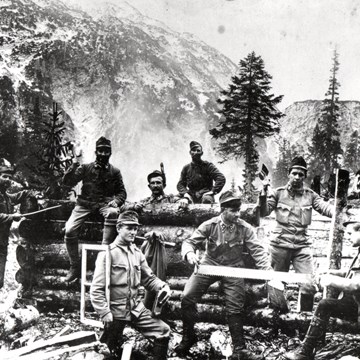300 PICTURES TO THE ANCIENT NOVEL “SATYRICON”
History has not been nice to “Satyricon” which is one of only two novels that we have from Roman times (the other being Apuleius’ “The Golden Ass”). Today it is largely agreed that “Satyricon” was written by Petronius – with the title “Arbitae”, a connoisseur of taste, in the years of 63-65 AD. The work, as we have it, consists of fragments from “books” no 14, 15 and 16 – and not always in the correct order. This indicates that the work was probably ten times longer.
The exhibition pictures follows largely the text, which is included, but not as illustrations in the traditional way which is more or less copying the existing text. Here most of the collage-elements dates from pre-WW II when human transactions were un-computerised, physical hand-overs. The collages takes the story out of Roman times and indicates not only the existing story but what could have happened between the fragments.
So, what is the text all about? We could say that it seems surprisingly modern, with a sexual freedom and thoughts that would not have been out of place among the hippies of 1970. It has also discussions on art, food and philosophy. The former slave, the nouveau riche Trimalcio is a fantastically written character said to be an ironic portrait of the emperor Nero.
The story’s antihero Encolpius is drawn between his lover Giton – a 16 year old boy who often seems to be the most practical person in the story, and his mistress Circe. In either case Encolpius is troubled with his erection-problems – of which he is cured towards the end of the story by a treatment no doctor would prescribe. With Circe the story becomes a parody on the Greek tragedies (which were well known in the Naples-Herculanum-Pompeii territory were the book was written. This part of Italy had for a long time been a Greek colony). The long poems – including the one on the Troyan war, is a parody on the Odyssey.
In the pictures this is shown by taking the elements out of their context or giving them another and unintended meaning. The exhibition can be viewed as unrelated, colourful fairytale pictures or as visual comments and symbols to Petronius’ text.
Exhibitions and events
We don't have anything to show you here.
Activities from this museum
We don't have anything to show you here.













